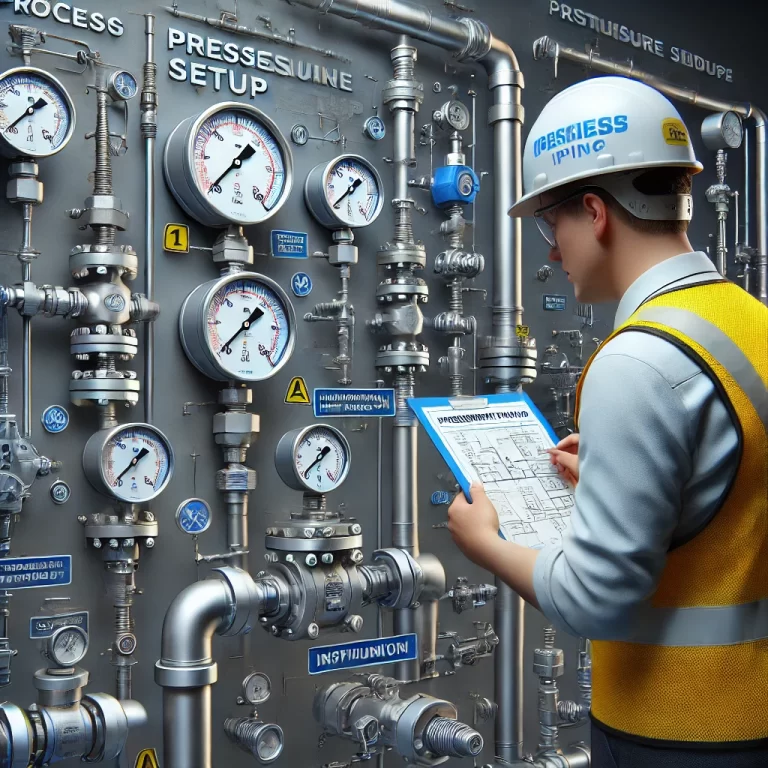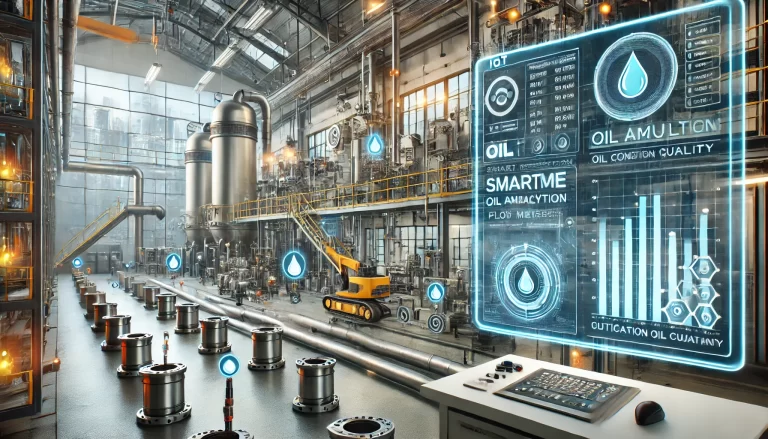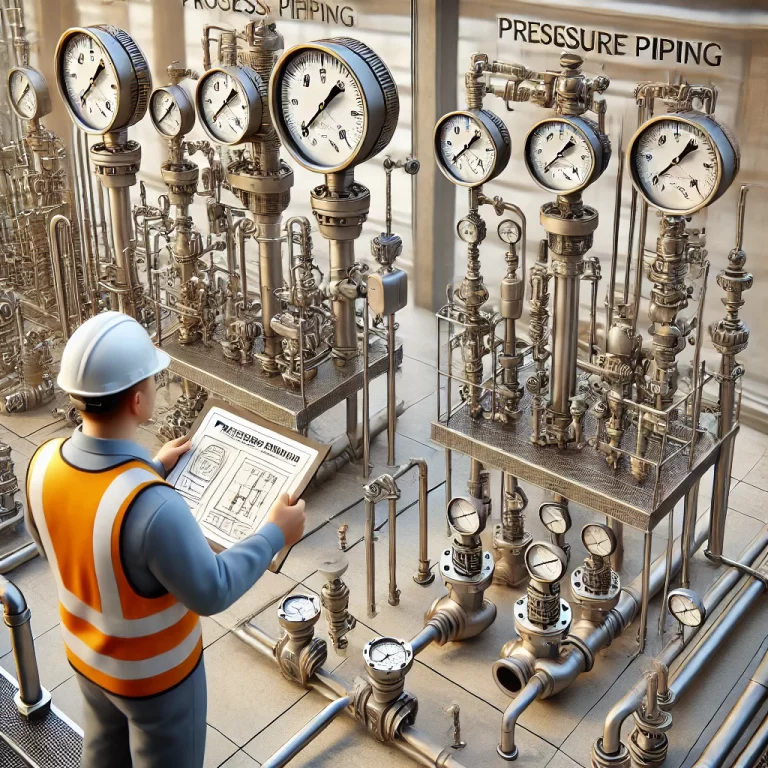In the field of precision metrology, force calibration plays a critical role in ensuring the accuracy and traceability of force-measuring instruments such as load cells, force transducers, and material testing machines. While force is the primary quantity under evaluation, the measurement of pressure and flow is of fundamental importance within force calibration systems. These auxiliary parameters contribute significantly to the control, stability, and accuracy of the calibration process.
This article explores in detail how pressure and flow measurement support force calibration operations and why they are essential to achieving reliable and traceable calibration results.

1. Pressure Measurement in Force Calibration
1.1 Pressure as a Primary Control Parameter
In many calibration setups, especially those using hydraulic or pneumatic force generation systems, pressure serves as a direct control parameter for generating force. For instance, in a hydraulic universal testing machine, the applied force is often proportional to the hydraulic pressure acting on a piston of known area:
F=P×A
Where:
F = Applied force
P = System pressure
A = Effective piston area
In this context, precise pressure measurement directly determines the accuracy of the applied force. Any error in pressure reading will translate into force error, especially in deadweight replacement systems or piston-cylinder systems used in national metrology institutes (NMIs).
1.2 Environmental Pressure for Air Buoyancy Correction
In mass-based force calibration, such as using deadweights to generate known forces, air buoyancy correction must be applied. This correction accounts for the upward force exerted by atmospheric pressure on the calibration weights. The magnitude of this correction depends on:
Ambient atmospheric pressure
Temperature
Humidity
Material densities
Accurate pressure measurement is therefore essential for computing the true force applied via gravitational acceleration.
1.3 Pressure Stability and Uncertainty Budget
Pressure fluctuations can lead to force instability, especially in dynamic force calibration systems. To minimize uncertainty, pressure is monitored in real-time, and deviations are recorded as part of the uncertainty budget for the calibration procedure. This is particularly critical when dealing with class 0.5 or 0.2 force transducers, where small variations can have measurable impacts.

2. Flow Measurement in Force Calibration
While flow does not directly generate force, it plays an important role in supporting systems within the calibration environment.
2.1 Fluid Flow in Hydraulic/Pneumatic Systems
Force calibration devices that rely on hydraulic or pneumatic pressure systems often require continuous and stable fluid flow to maintain pressure levels and remove excess heat.
In hydraulic systems, the flow rate of oil must be sufficient to supply the actuator or piston with consistent pressure without cavitation or temperature-induced viscosity changes.
In pneumatic systems, stable airflow ensures smooth force application, especially in cyclic or fatigue testing.
Flow meters are used to monitor and regulate these systems, triggering alarms or cutoffs if flow drops below thresholds that could compromise calibration quality.
2.2 Cooling Systems and Temperature Regulation
Some high-capacity calibration systems generate heat due to large forces or prolonged operation. Water or oil cooling systems may be employed to stabilize temperature, indirectly affecting force output due to thermal expansion or changes in fluid characteristics.
Accurate flow measurement in these systems ensures sufficient heat removal and contributes to maintaining thermal equilibrium, reducing one source of measurement uncertainty.

3. Summary: Why Pressure and Flow Matter
| Parameter | Function in Force Calibration | Impact |
|---|---|---|
| Pressure | Controls force output in hydraulic/pneumatic systems | Direct effect on force accuracy |
| Enables air buoyancy correction | Improves force traceability | |
| Affects uncertainty budget | Critical in high-accuracy systems | |
| Flow | Ensures consistent hydraulic/pneumatic operation | Prevents pressure instability |
| Supports cooling systems | Stabilizes temperature, reduces drift | |
| Detects leaks or system faults | Improves safety and reliability |

Conclusion
While pressure and flow are not the direct quantities being calibrated in a force calibration procedure, they play a critical supporting role. Accurate pressure measurement is often essential for both force generation and environmental corrections, whereas flow measurement ensures the stability and proper functioning of the calibration system.
Understanding and properly integrating pressure and flow metrology into force calibration systems enhances measurement confidence, reduces uncertainties, and ensures compliance with international metrological standards such as ISO 376 or ISO/IEC 17025.
